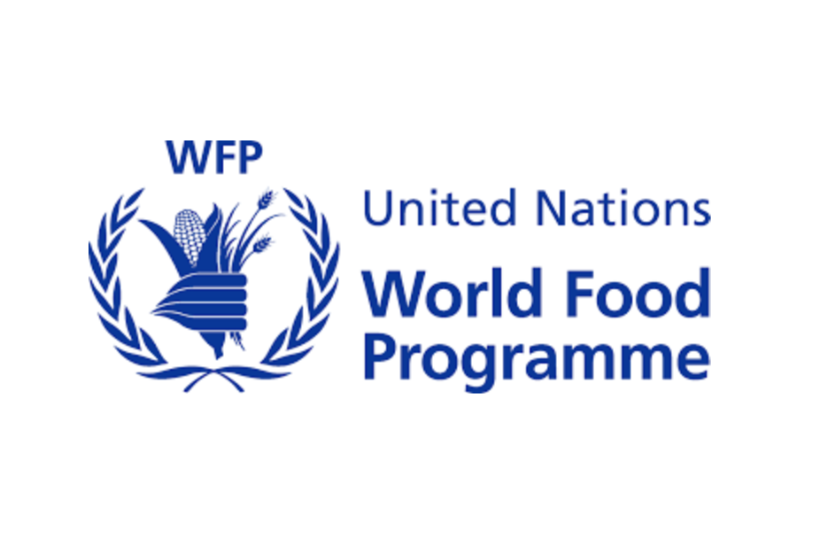By Libya Herald reporter.

Tunis, 1 February 2017:
Nearly a quarter of all households of Internally Displaced People (IDP) in Libya suffer from food shortages, a sharp increase from the six percent in 2015, a report for the World Food Programme (WFP) has found.
Bani Walid was identified as the hardest hit area with 58 percent of IDPs there suffering from food shortages but receiving limited support to deal with the issue. Typically, the report claimed, IDPs they are from the south of Libya and Sirte.

The rises in food prices, depreciation of the Libyan dinar and the lack of liquidity in Libyan banks were some of key reasons given for the deterioration in food security. In a sign of the times, 90 percent said they had had to leave their homes because of safety fears. Seventy percent of IDPs have been displaced for at least year and 36 percent for more than two.
Concerns were also raised about female-headed households, the single most vulnerable IDP group, with 41 percent said to be suffering shortages of food.
The report appears to suggest some degree of financial security for some of the IDPs, saying that over 50 percent have a source of income. However, the average household spends nearly 60 percent of its money on food, leaving little space for health expenditure and other basic amenities. In Bani Walid, Benghazi and Ajdabiya, the situation is far worse, with almost all IDP families devoting over 75 percent of expenditure to food.
Ultimately, the report warned that, if the conflict continued, the “prospects for revitalising state institutions and stabilising the economy, will hamper the rival governments’ ability to deliver concrete improvement in the lives of Libyans.”
The report for the WFP was carried out by consultants Voluntas Advisory and Diwan Market Research. It was based on interviews with 900 IDP households in eight locations in Libya that together host 53 percent of the total IDP population.
The full report can be found here.







